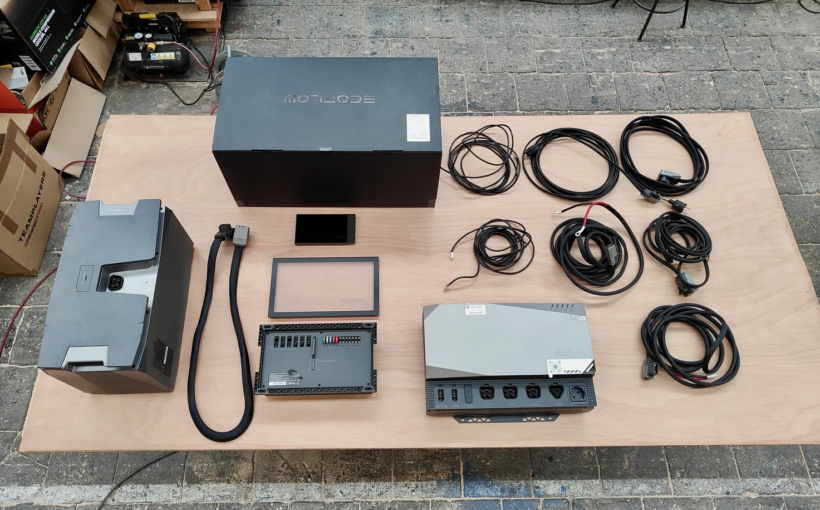A game-changing all-in-one power system for cabins and RVs that can be installed relatively quickly. Just add solar.
There’s never been a better time to become a digital nomad.
Many employers not named Elon Musk now offer flexible work-from-home arrangements, enacted during the pandemic and made permanent in 2022. Ironically, Musk’s little Starlink RV service has been a boon to remote working by bringing relatively fast internet to great swaths of digital wilderness, even while driving. And for those looking to go truly remote, dozens of countries, like Spain, Barbados, Namibia, and Malaysia, now offer temporary residency permits to digital workers of foreign-based employers.
You can also take your nomadic existence off the grid thanks to advances in solar panels and batteries. High-capacity batteries now charge faster, last longer, weigh less, and offer improved safety thanks to the adoption of lithium iron phosphate (LFP or LiFePO4) chemistry. That’s good because you’ll be needing lots of power if you want to live and work from the beach, forest, or mountain top comfortably.
But you can’t count on the sun’s power alone. For extended off-grid stays, you’ll need the ability to replenish those batteries with whatever resources you have at your disposal, be it AC outlets at an RV park (aka, “shore power”), your van’s alternator, and even a diesel generator or wind turbine in a pinch. That’s where the new EcoFlow Power Kits come in.
EcoFlow announced its expandable Power Kit series back in June as an all-in-one turnkey solution to easily bring power to remote cabins and RVs. It’s meant to improve and simplify everything from planning and installation to operation compared to bespoke electrical systems sold today by industry stalwarts like Victron Energy.
In particular, EcoFlow claims that its Power Kits can fit “any van size” and be set up “five times faster” than traditional systems. So I put those claims to the test with the help of both novice and professional installers.
The novice installation was done in an old Ford Transit Westfalia Nugget — the van you rebuild because your parents sold it to you cheap — by Roel, a regular guy capable of installing a light switch or two. The professional installation was done in a Mercedes-Benz Sprinter — the gold standard for vanlifers — by Fabian van Doeselaar, the owner of Origin Travelvans.
Fabian came away so impressed that he’s redesigning the Victron-based interiors of his custom adventure vans to accommodate the EcoFlow Power Kit. It’s not a perfect system, especially for Roel’s smaller van, but EcoFlow’s solution has far more pluses than minuses.
Just make sure the employer that supports your dreams of escapism also pays well. EcoFlow Power Kits aren’t cheap, with prices starting around $4,000. And that’s before you add any solar panels.
What’s in the kit?
EcoFlow sells its Power Kits with a wide range of configurations that can scale for different needs. The base configuration comes with the Power Hub, cables, and choice of batteries for a total capacity between 2kWh and 15kWh.
Source: TheVerge


:format(webp)/cdn.vox-cdn.com/uploads/chorus_asset/file/24301993/IMG20221107110056.jpeg)

